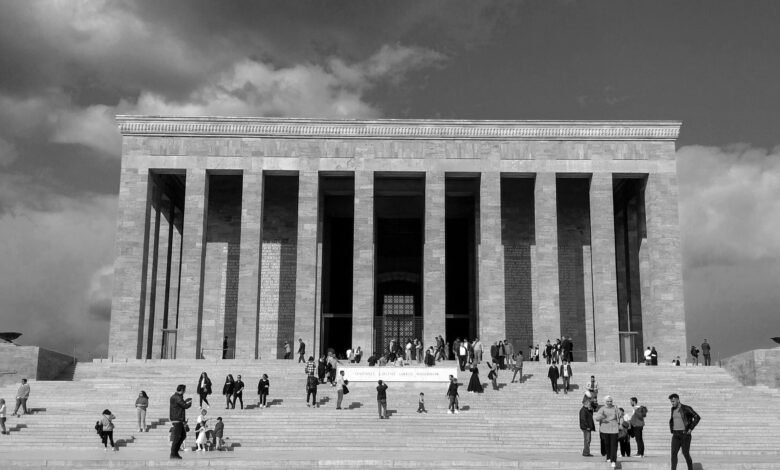Sodziu – Exploring the Meaning and Cultural Significance

The term “Sodziu” may not be widely recognized in mainstream discourse, but it carries intriguing interpretations across different contexts—from potential linguistic roots to cultural references. Depending on its origin, “Sodziu” could relate to a name, a place, a conceptual idea, or even a niche cultural phenomenon. This article delves into the possible meanings of Sodziu, examining its linguistic connections, cultural relevance, and speculative significance in various domains. Whether Sodziu refers to a forgotten dialect, an artistic movement, or a digital subculture, uncovering its layers offers a fascinating exploration of language and identity.
Headings and Their Explanations
The Linguistic Origins of Sodziu
The word “Sodziu” does not immediately correspond to widely known languages, suggesting it may derive from a regional dialect, a constructed language (conlang), or even an internet-born term. Phonetically, it bears resemblance to words in Slavic or East Asian languages, though no direct translations are easily identifiable. In some contexts, it might be a misspelling or variation of terms like “Sodiu” (possibly linked to “sodium” in Romanian) or “Sodziku” (a Japanese-sounding neologism). Alternatively, “Sodziu” could be a personal or fictional name, carrying unique meaning within a specific community or creative work. Linguistic analysis might reveal connections to lesser-known cultural expressions or hybrid slang evolving in online spaces.
Sodziu in Digital and Subcultural Contexts
In the realm of internet culture, obscure terms like Sodziu often emerge as usernames, inside jokes, or tags within niche communities. It could be associated with indie games, obscure music genres, or underground art movements, where creators adopt unique names to stand out. For instance, a small-band musician or a digital artist might use “Sodziu” as an alias, embedding it with personal symbolism. Alternatively, the term might appear in role-playing forums, virtual worlds, or meme cultures, where participants invent lexicon to build shared identity. Investigating forums like Reddit, Discord, or niche wikis could uncover whether Sodziu holds significance in these decentralized digital tribes.
Speculative Cultural and Artistic Connections
If Sodziu is more than a linguistic curiosity, it might intersect with art, folklore, or avant-garde movements. For example, it could evoke the aesthetic of “soft chaos”—a blend of soothing and erratic elements—in contemporary art. Alternatively, it might align with Eastern European surrealism or Japanese mono no aware (the pathos of impermanence), depending on its imagined ethos. In literature, a character or place named Sodziu could symbolize isolation, transformation, or forgotten histories. Without concrete references, these interpretations remain speculative but invite creative exploration of how such a term could inspire storytelling, visual art, or even philosophical discourse.
Sodziu as a Placeholder for the Unknown
Some words thrive precisely because of their ambiguity, acting as vessels for collective imagination. “Sodziu” could function as a placeholder name (like “John Doe” or “Timbuktu”) for something yet to be defined—an inside joke among friends, a temporary project title, or a coded reference. In this sense, its power lies in its malleability; it becomes a blank canvas for personal or communal meaning. This flexibility mirrors how internet culture often repurposes nonsense words (e.g., “smol,” “yeet”) until they gain contextual significance. Sodziu’s lack of fixed definition might be its strength, allowing it to adapt across creative and discursive spaces.
How to Engage with Ambiguous Terms Like Sodziu
For linguists, artists, or curious minds, unraveling terms like Sodziu can be a rewarding exercise. Start by documenting sightings—note where the word appears (social media, fiction, games) and how it’s used. Cross-reference with similar-sounding words in other languages using tools like Wiktionary or Google Translate. Collaborate with niche communities (e.g., conlang builders, digital anthropologists) to crowdsource interpretations. Finally, consider reclaiming Sodziu creatively—write a poem, compose music, or design art inspired by its phonetics and mystery. The process mirrors how language evolves, blending discovery with invention.
Conclusion
Sodziu, whether a fleeting typo, a hidden gem of culture, or a deliberate enigma, exemplifies how language captivates through ambiguity. Its absence from mainstream lexicons doesn’t diminish its potential value; instead, it invites curiosity and creativity. By probing its possible roots, digital footprints, and artistic resonances, we celebrate the dynamism of human expression—where even the most obscure terms can spark connection, art, or new modes of thought. If you encounter Sodziu in the wild, consider it an invitation: to define, to play, and to wonder.